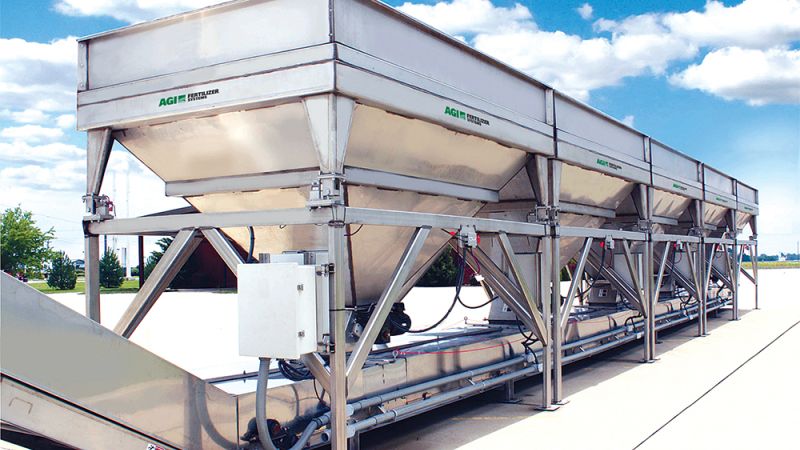Which is Better for Soybeans: Fall or Spring Applications?
There have been many questions about fall versus spring applications of phosphorus (P) and potassium (K) to soybeans, writes Dr. T. Scott Murrell, International Plant Nutrition Institute Potassium Program Director. Does it really matter if P and K are applied in the fall or in the spring? IPNI looked at published studies to see what they could find.
First, there are very few studies that directly compare a fall to a spring application. In fact, only two were found. In both cases, broadcast applications were used.
The first study was conducted in Iowa during 2005 to 2007 and examined P at 20 sites under no-till. Although an application of P did increase soybean yield at seven locations, application timing did not make a difference. So even when soil test P levels were low, soybeans were not sensitive to when the P was applied.
The second study was conducted at two locations in Arkansas from 2009 to 2010 and examined both P and K. Whether K was applied in the fall or spring did not affect soybean yield. At one site in one year, there was an interaction between the rate of P applied and the time of application. The spring application performed better at the higher P rate while the fall application improved yield more at the lower rate. Overall effects were 4 to 5 bu/A. In the other cases, P application time did not affect soybean yield.
With so few data, we don’t have much to go on. With the evidence before us, it looks like soybean may not be sensitive to fall versus spring application times; however, many more studies are needed before we have any certainty.
So what could influence soybean response to P and K application timing? There are lots of things that are site-specific: soil texture, soil moisture, rainfall distribution and intensity, fertilizer placement, fertilizer source, fertilizer rate, and soybean variety to name a few. None of these factors, except fertilizer rate, appears to have been researched in the context of P and K application timing.
So which is better for soybeans? Sparse evidence indicates fall or spring applications produce essentially equivalent results; however, there is a lot of room for discovering what works best under local conditions. Testing this effect for yourself will likely be the most expedient way to find an answer.






